
Course Introduction:CSSGrid is a two-dimensional web layout tool that allows developers to accurately control the position and size of page elements by defining rows and columns. Unlike Flexbox, it can handle rows and columns simultaneously, suitable for building complex structures. To use Grid, you must first set the container to display:grid, and define the row and column size through 1.grid-template-columns and 2.grid-template-rows, set the spacing, and 4.grid-template-areas named area to improve readability. Its typical application scenarios include responsive layouts, dashboard interfaces, and picture galleries. Practical tips include: 5. Use grid-column/g
2025-06-23 comment 0 356
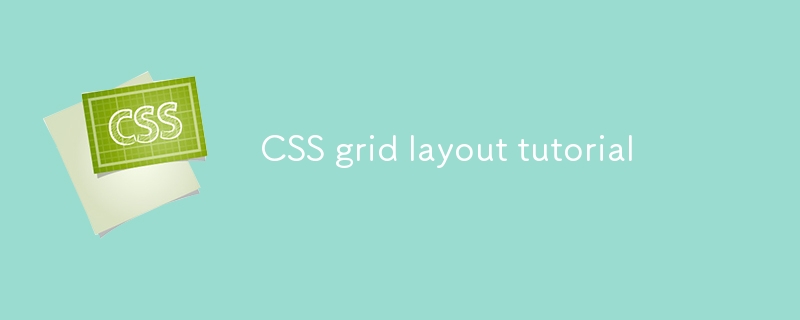
Course Introduction:CSSGrid layout implements a two-dimensional layout by defining container and row-column properties. 1. Set display:grid; create Grid container; 2. Use grid-template-columns and grid-template-rows to define the size of columns and rows, such as 200px1fr200px; 3. Use grid-column and grid-row to control the position of child elements, such as 1/span2 to span two columns; 4. Use gap to set the spacing, justify-items and align-items to control the alignment, thereby achieving flexible and complex page layout.
2025-07-25 comment 0 555
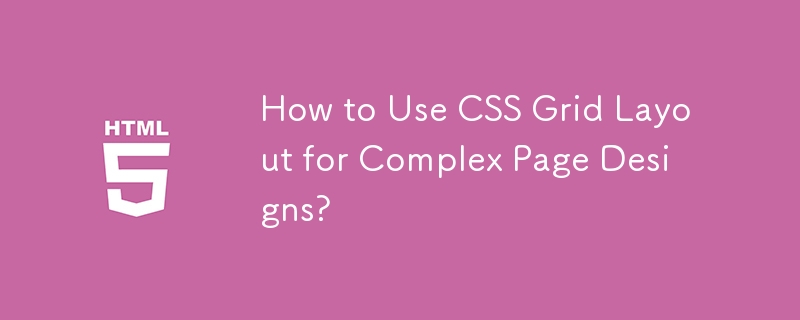
Course Introduction:This article explains CSS Grid for complex web page layouts. It details Grid's two-dimensional approach, contrasting it with Flexbox, and covers key properties like grid-template-rows, grid-template-areas, and grid-gap. Best practices for responsiv
2025-03-10 comment 0 526
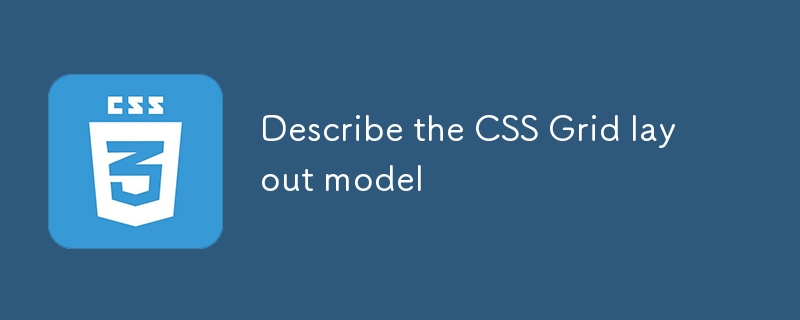
Course Introduction:CSSGrid is a two-dimensional system for web page layout. It creates grid structures by defining rows and columns and puts content into cells, suitable for complex page layouts. 1. Enable method: Set display:grid for the container; 2. Define rows and columns: Use grid-template-columns and grid-template-rows or repeat() functions; 3. Place elements: specify the position through grid-column, grid-row or grid-area; 4. Automatic layout: combine auto-fit and minmax() to achieve responsiveness; 5. Spacing and alignment: Use gap to set spacing, justify-items
2025-07-16 comment 0 734

Course Introduction:Cutestrap: A Lightweight CSS Framework for Streamlined Web Development This article explores Cutestrap, a lightweight CSS framework, demonstrating its capabilities through a simple one-page HTML template example. Key Features: Ultra-lightweight: We
2025-02-21 comment 0 867

Course Elementary 13824
Course Introduction:Scala Tutorial Scala is a multi-paradigm programming language, designed to integrate various features of object-oriented programming and functional programming.
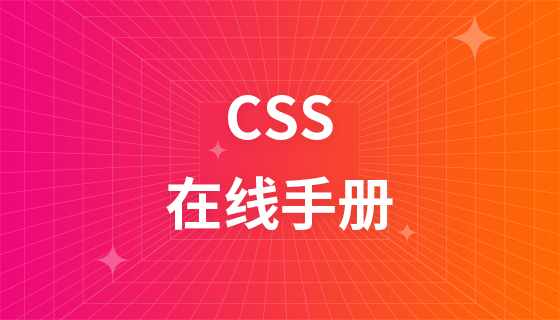
Course Elementary 82361
Course Introduction:"CSS Online Manual" is the official CSS online reference manual. This CSS online development manual contains various CSS properties, definitions, usage methods, example operations, etc. It is an indispensable online query manual for WEB programming learners and developers! CSS: Cascading Style Sheets (English full name: Cascading Style Sheets) is an application used to express HTML (Standard Universal Markup Language).
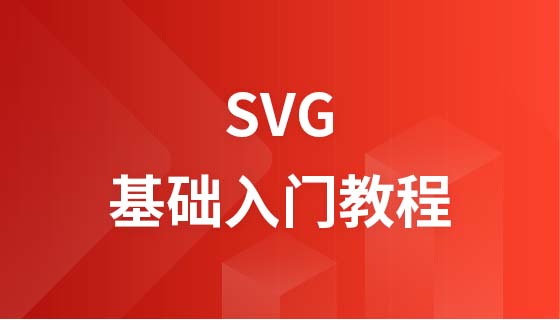
Course Elementary 13178
Course Introduction:SVG is a markup language for vector graphics in HTML5. It maintains powerful drawing capabilities and at the same time has a very high-end interface to operate graphics by directly operating Dom nodes. This "SVG Tutorial" is intended to allow students to master the SVG language and some of its corresponding APIs, combined with the knowledge of 2D drawing, so that students can render and control complex graphics on the page.
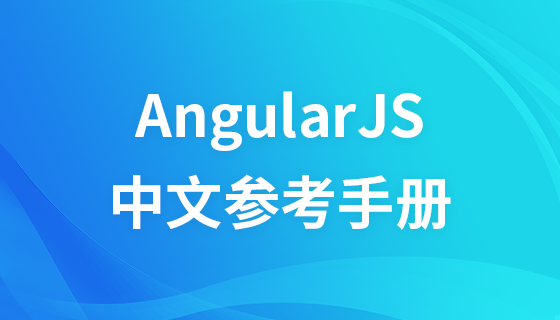
Course Elementary 24628
Course Introduction:In the "AngularJS Chinese Reference Manual", AngularJS extends HTML with new attributes and expressions. AngularJS can build a single page application (SPAs: Single Page Applications). AngularJS is very easy to learn.

Course Elementary 27486
Course Introduction:Go is a new language, a concurrent, garbage-collected, fast-compiled language. It can compile a large Go program in a few seconds on a single computer. Go provides a model for software construction that makes dependency analysis easier and avoids most C-style include files and library headers. Go is a statically typed language, and its type system has no hierarchy. Therefore users do not need to spend time defining relationships between types, which feels more lightweight than typical object-oriented languages. Go is a completely garbage-collected language and provides basic support for concurrent execution and communication. By its design, Go is intended to provide a method for constructing system software on multi-core machines.
php - How to implement the QR code shared by WeChat and Alipay
2017-06-29 10:08:10 0 3 1092
ScrollPosition not set to top when navigating to other pages
2023-08-30 09:07:14 0 1 676
php - changing browser behavior
2017-07-05 09:56:07 0 4 986
Laravel Modal does not return data
2024-03-29 10:31:31 0 1 608
Can I use the automatic generation module of thinkphp5 in Windows 7 system? How to configure and use
2017-10-10 17:04:14 0 2 1406